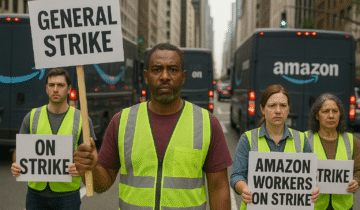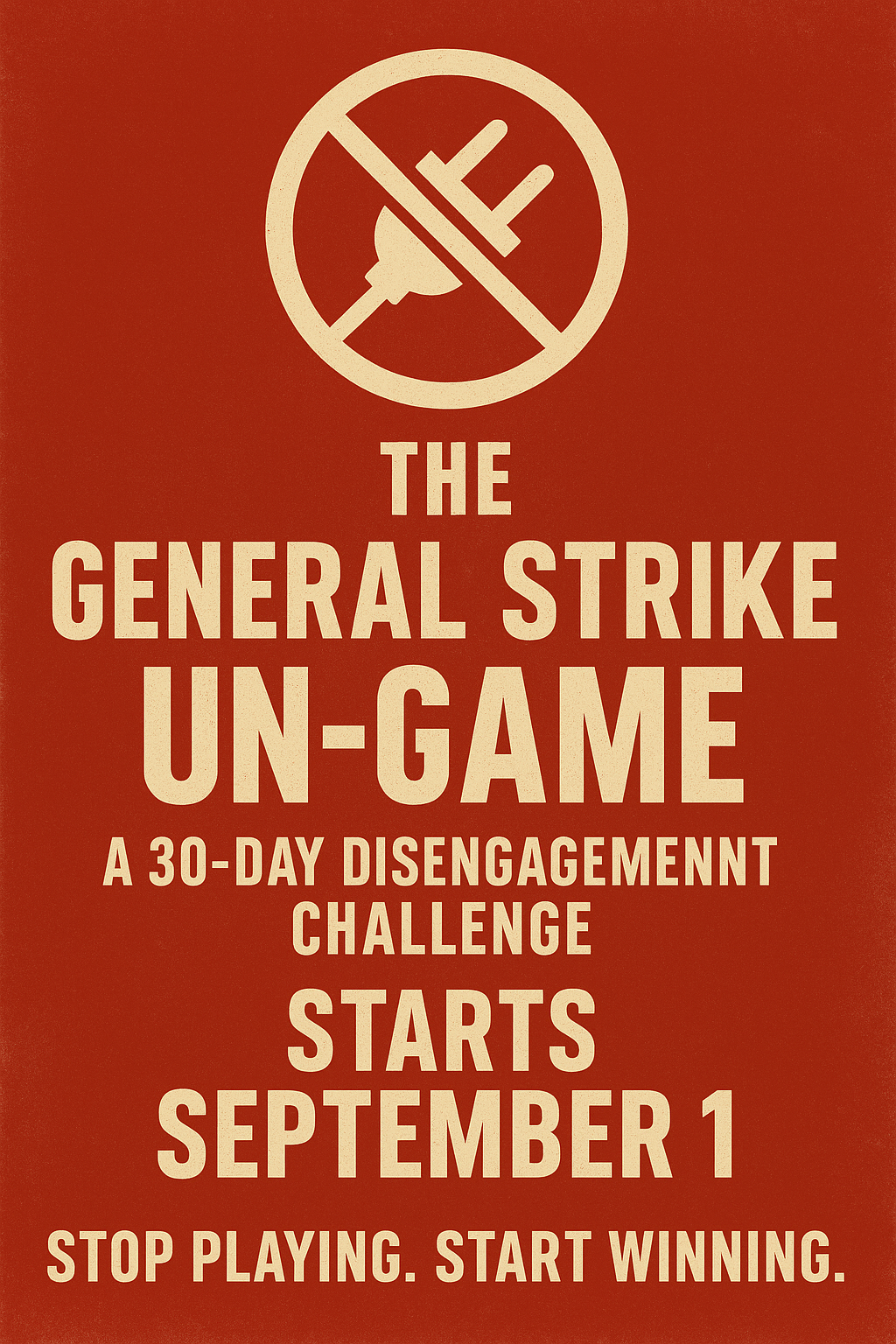Occupy Wall Street (OWS) is a decentralized protest movement that started on September 17, 2011, in Zuccotti Park in New York City’s financial district. Originally launched by activists linked to the Canadian magazine Adbusters, the movement quickly expanded into a worldwide call to fight economic inequality, corporate influence in politics, and a broken financial system. Its main rallying slogan—“We are the 99%”—highlighted the growing divide between the wealthiest few and the large majority of people whose interests are often ignored in policy decisions.
The mission of Occupy Wall Street was never summed up in a single list of demands. Instead, it aimed to shake up the status quo and draw public attention to the deep inequalities built into capitalism. Key issues for the movement included income inequality, Wall Street’s influence over American democracy, student debt, housing instability, and job insecurity. Rather than pushing for specific laws, OWS believed that traditional politics were not enough to solve the crisis of inequality and that a new, flat, participatory form of democracy was necessary.
At its peak, Occupy Wall Street sparked a network of loosely connected local chapters and encampments across cities in the United States and around the world. Although police eventually dismantled the original Zuccotti Park camp, Occupy had already planted seeds for hundreds of local groups, some of which grew into lasting community projects like Occupy Sandy (a mutual aid effort after Hurricane Sandy) and Strike Debt (which later became the Debt Collective). These groups kept the spirit of Occupy alive through local activism, mutual aid, and ongoing efforts to fight economic injustice.
Despite its cultural influence, Occupy Wall Street faced criticism. Some detractors, including mainstream media and political commentators, argued that the movement lacked a clear set of demands or traditional leadership. Internal challenges related to organization, representation, and inclusivity also arose, especially concerning the movement’s mostly white and male public face. Others warned that without turning its momentum into institutional change, OWS risked fading away without real gains. Still, its impact on public discourse was clear. The movement helped shift the national conversation toward addressing inequality and corporate power, paving the way for future efforts like the Fight for $15, Black Lives Matter, and the resurgence of democratic socialism in the U.S.
Occupy Wall Street remains a symbol of collective resistance to economic injustice and continues to inspire solidarity movements today. Various individuals still use social media accounts related to it. Not all of these accounts are managed by the original creators or founders of Occupy Wall Street. Additionally, many are promoting agendas that conflict with the spirit of Occupy. Its archived materials, organizing resources, and legacy content can still be found at: http://occupywallst.org.
Disclaimer: The inclusion of political organizations on this website is for informational purposes only. The presence of any group does not imply endorsement or affiliation. These organizations are featured because of their relevance to the topic discussed. The views and opinions expressed by these organizations are their own and do not necessarily reflect those of this website or its creators.


 No products in the cart.
No products in the cart. 